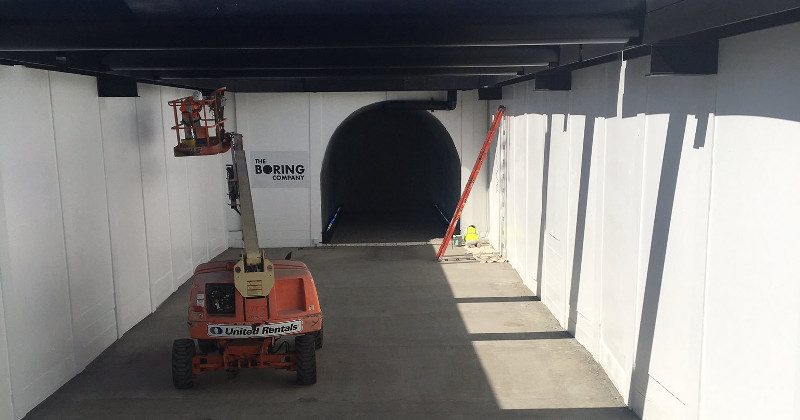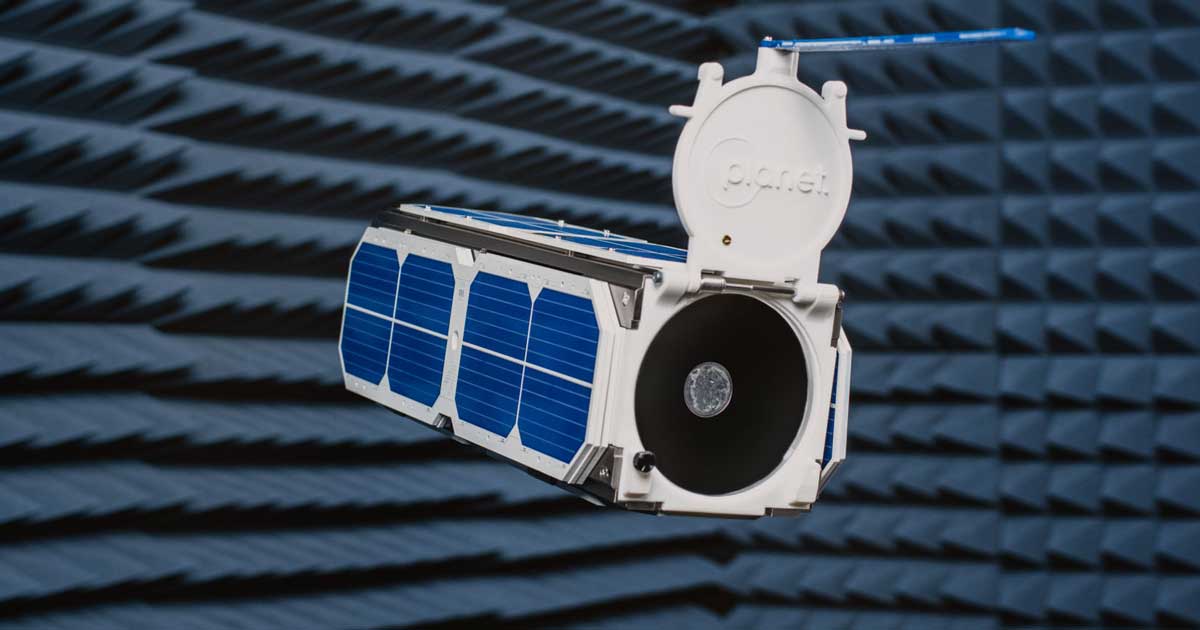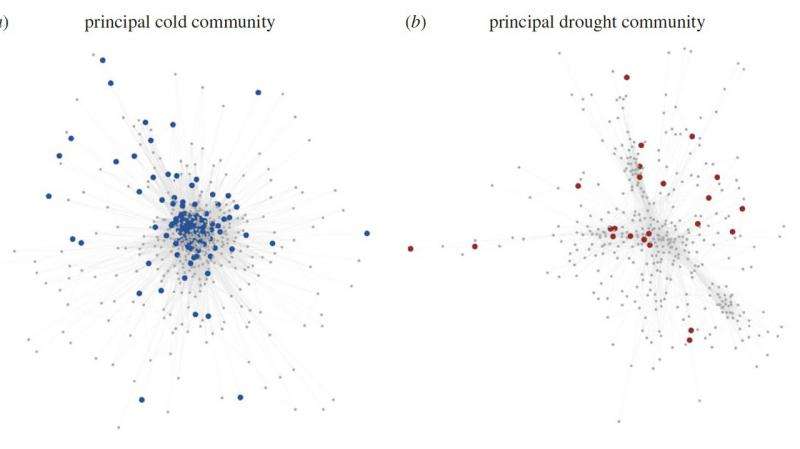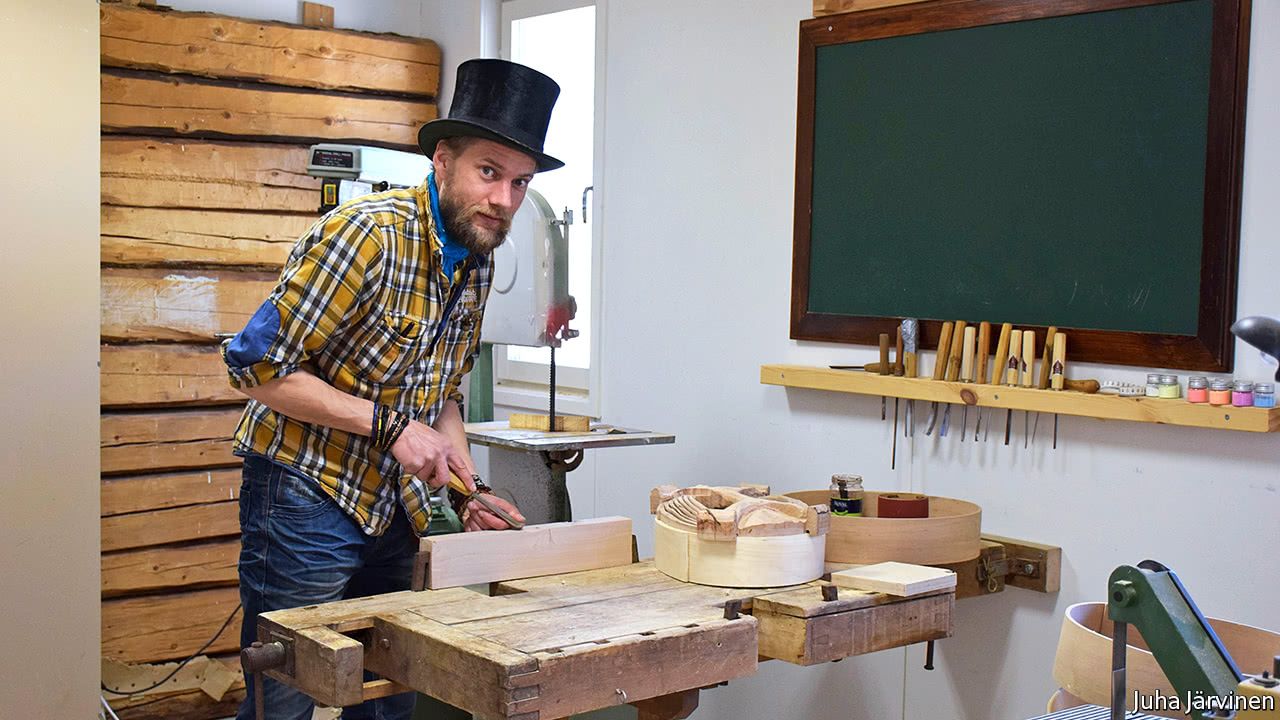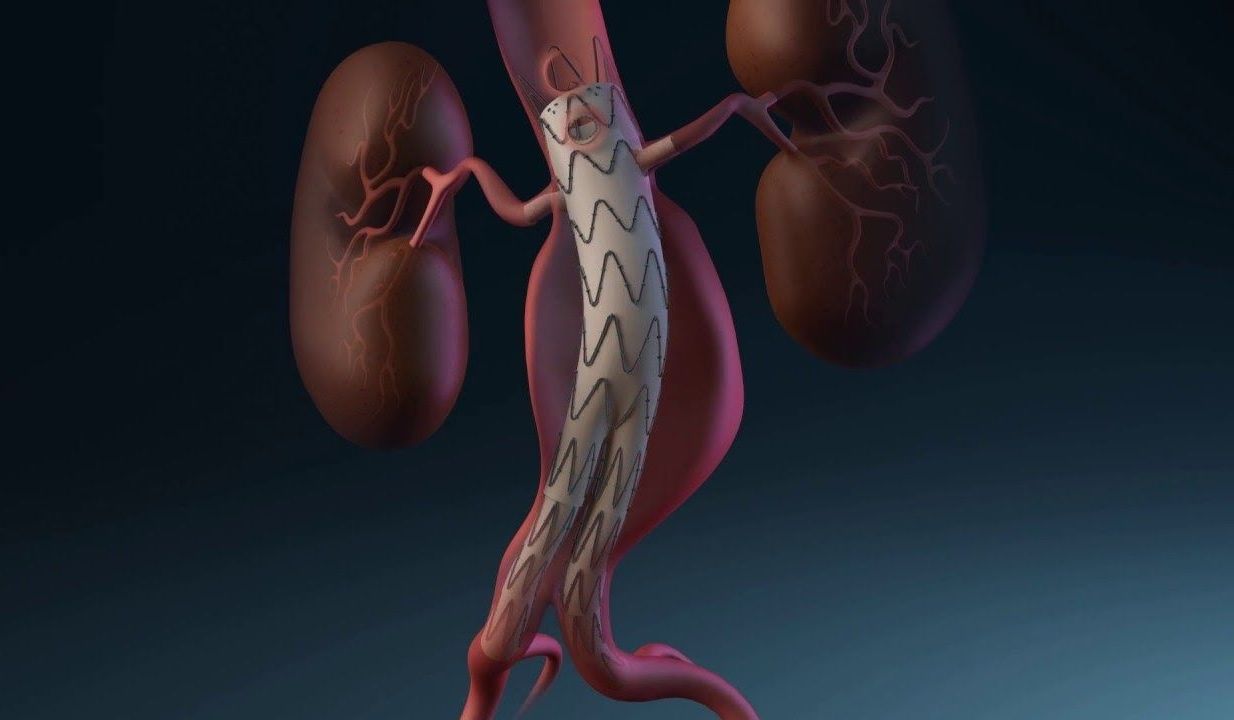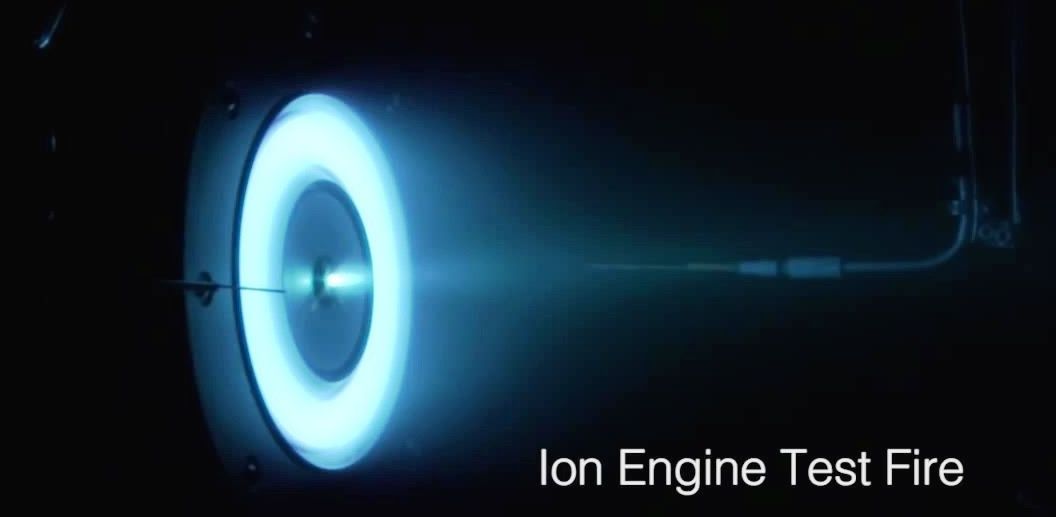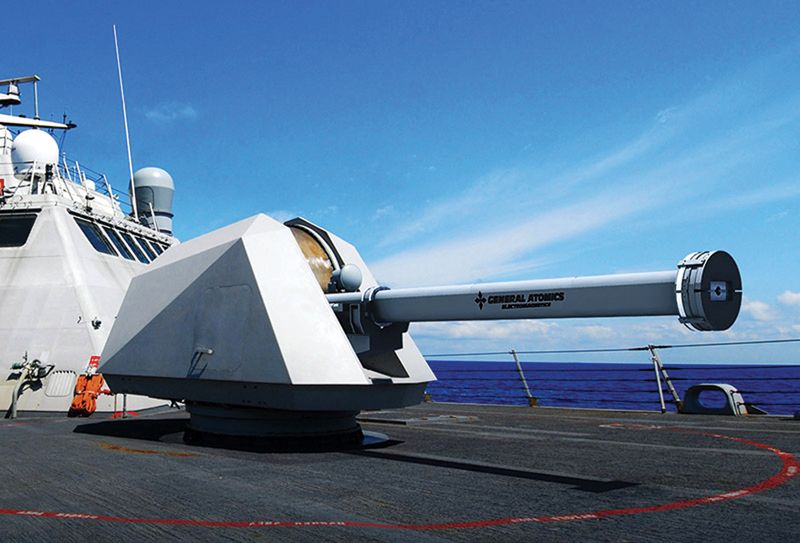Jun 29, 2017
Elon Musk’s Boring Company finishes first tunnel segment in LA
Posted by Shailesh Prasad in categories: Elon Musk, transportation
It may have a boring name, but it is getting exciting boring done. The aptly yet ironically named company has just reached an important milestone in fulfilling Elon Musk’s newest moonshot. The visionary and entrepreneur extraordinaire took to Twitter to almost nonchalantly revealed that boring machine Godot has just completed the first segment underneath LA, while still leaving plenty of room for mystery and suspense.
Musk is anything but boring, of course, as can be seen by his ambitions turned into successful companies. His latest endeavor, however, is probably one of the most debated. It came out of the blue and, given the tongue-in-cheek name, not everyone might have taken it seriously at first. And some of those that did though Musk had finally lost it. Of course, it had its fair share of fans who shared a dream of escaping traffic congestion.
Musk’s plan to solve the traffic problem wasn’t simply to bore tunnels that cars and all sorts of vehicles would simply fill up again. Instead, the tunnels would ferry these vehicles on sleds traveling at 200 km/h. Back in April, that was nothing more than a pretty rendered animation, but last month Musk showed off a demo of just how fast that sled really is.
Continue reading “Elon Musk’s Boring Company finishes first tunnel segment in LA” »
